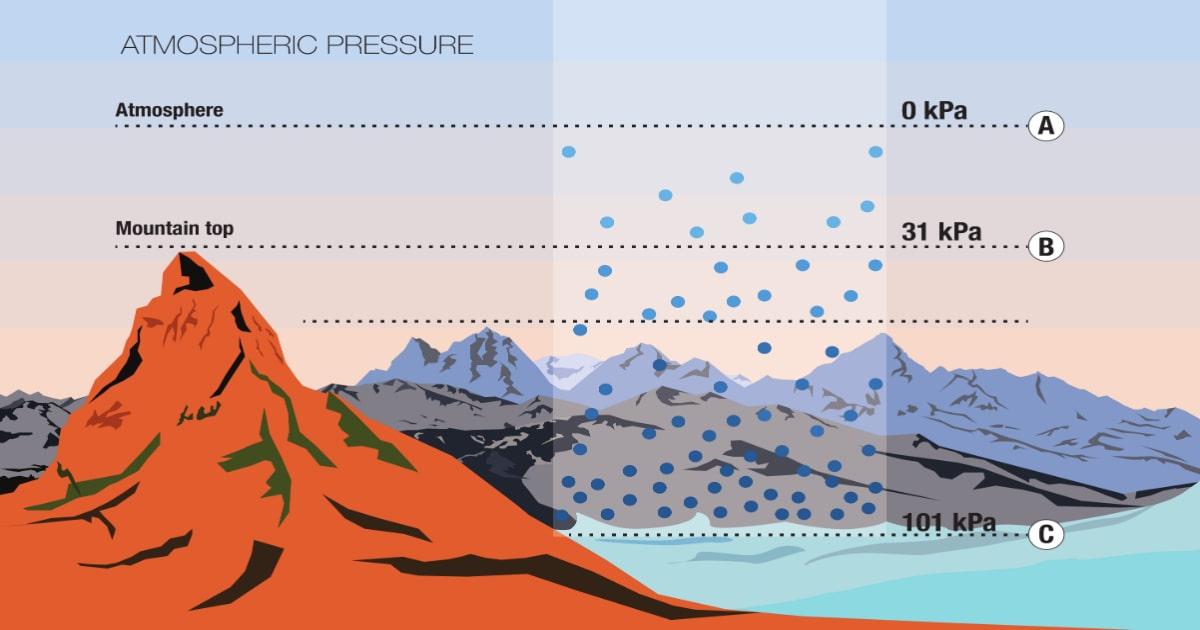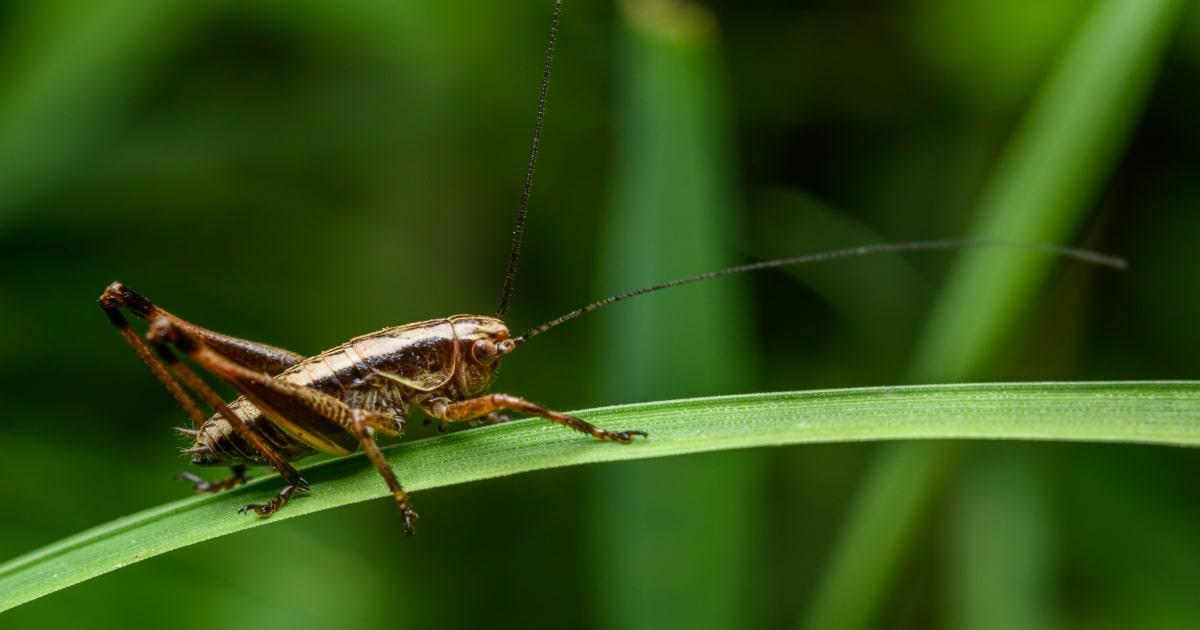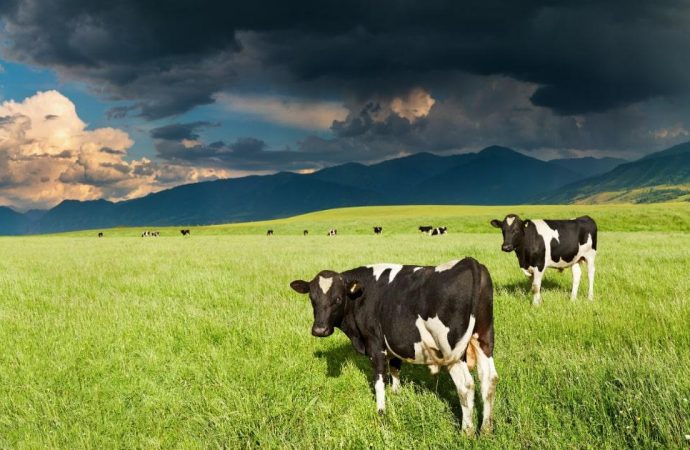You might have heard of the Groundhog Day tradition in the US which has been observed since the late 19th century, using underground animals to predict the weather, or more accurately the season length. For anyone not familiar with US history, on 2nd February the groundhog exits its burrow in Pennsylvania and the appearance of
You might have heard of the Groundhog Day tradition in the US which has been observed since the late 19th century, using underground animals to predict the weather, or more accurately the season length.
For anyone not familiar with US history, on 2nd February the groundhog exits its burrow in Pennsylvania and the appearance of the animal’s shadow – or lack of it – predicts how much winter is left.
We might not have groundhogs in the UK, but British animals are more than capable of holding their own when it comes to predicting the weather. But everyone already know that cows lie down when rain is on the way, don’t they?
Every prepper knows the importance of using all available resources in a survival situation, and animals can provide valuable clues about the weather. There’s a sound scientific basis for animals being able to predict the weather, which is why different animals have different abilities.
This prepper’s guide shows you the most revealing and trustworthy animal behaviours to look out for.
What Is Barometric Pressure?
Animals can be extremely tuned in to barometric pressure too, and that can lead to all kinds of signs which can help to predict weather when you’re a prepper bugging out in the UK.
It’s the same kind of animal sixth sense which causes them to move to higher ground if a tsunami is on the way, or bark and act strangely minutes before an earthquake hits. They can sense the kPa (kilopascal) level changing on a much more sensitive scale and it alters their behaviour.

The weight of the Earth’s atmosphere isn’t something that crosses most people’s minds, but it has a daily impact on life as we know it. From the amount of oxygen our lungs are able to absorb to the weather patterns across the world, the weight of the atmosphere is important.
The weight of our planet’s atmosphere is known as barometric pressure and is made up of the five individual layers: exosphere, thermosphere, mesosphere, stratosphere and troposphere.
As altitude increases, barometric pressure drops. This is due to the fact that there are fewer air molecules adding pressure to the air below. When you hear the air on top of a mountain being described as “thinner” and harder to breathe, this is because your body has to work harder to get oxygen.
Higher pressure at lower altitudes makes it easier to breathe because the oxygen is being forced into your body.
Barometric pressure is important to understand if you’re going to be at altitude, but it’s also relevant to the weather. If you’re bugging out, understanding barometric pressure will help you to forecast the weather.
Every day, barometric pressure fluctuates due to multiple factors. This can sometimes create a high pressure where the weather is warmer and the air is clearer. When the opposite occurs and the pressure is lower, the air is less able to hold water vapour, lowering the temperature and increasing the chance of rain.
Barometric pressure is used by meteorologists and those navigating across water to predict the weather. Some individuals are sensitive to barometric pressure changes and when the pressure drops, it can cause headaches, migraines and a feeling of being unwell.
This is because the brain responds rapidly to even small changes in oxygen levels and as the barometric pressure goes down the body dilates blood vessels, triggering a headache.
High altitude can increase the chance of being affected by barometric pressure, as can existing sinus or congestion problems.
Which Animals to Watch
Not all animals are as sensitive to barometric pressure and other atmospheric changes, so in a survival situation you’ll need to know which ones to watch. You’ll also need to be aware of what behaviours occur before bad weather, and how animals behave when they expect it to be sunny.
Crickets

The sound of crickets chirping at dusk is one of the most iconic sounds of British summertime. But if you want to know what the temperature is, you’ll need to listen more closely to the sound.
To calculate the temperature (in Fahrenheit), count the number of cricket chirps within 14 seconds. You must be listening to a single cricket for accuracy – adding up lots of different crickets won’t help! Once you have the number, add 40, and that will give you the temperature in Fahrenheit.
It’s easy to dismiss this as an old wives tale, but it’s a recognised phenomenon known as Dolbear’s Law which was first identified in 1897 by physicist Amos Dolbear.
The subject has been studied extensively, and is believed to be due to the fact that crickets are cold-blooded. As the temperature rises, their metabolic rate increases, allowing them to contract their muscles more frequently, producing more chirps.
Sheep
Similar to cows, sheep have a lot of different behaviours which instinctively help to protect them from the worst of the weather. They may have a woolly coat to keep them warm, but that doesn’t mean they’re completely impervious to rain, snow and cold weather.
Standing with their backs to the wind helps to protect against the cold, and huddling together provides even greater protection. If bad weather is on its way, you’ll notice the sheep more tightly clustered together in the field.
Conversely, when more sunshine or warm temperatures are expected, the sheep will be dispersed more widely around their patch.
As an aside, sheep can also be helpful for identifying compass direction. Although they will move according to the wind, their natural preference is to stand north to south.
No one really knows why this is, but there’s a suggestion that sheep and other similar herd animals may be sensitive to the magnetic field of Earth and naturally align themselves as such. The south will be whichever is pointing towards the direction of travel of the sun.
Frogs & Toads
Although it’s not a sound that you’ll hear in cities, it’s not uncommon to hear frogs croaking loudly when it’s about to pour with rain. Those living near ponds or in the country will be accustomed to the frog chorus well before the raindrops start.
This is because croaking is a mating call, and there’s more chance of hatching eggs successfully when there’s fresh water which will come from rain, giving us the impression that these animals actually can predict the weather.
Toads can also predict a slightly different type of natural event, and it’s less relevant for the UK. The warty amphibians can sense shifts underground, enabling them to accurately predict earthquakes.
The UK does experience earthquakes and tremors, but not of sufficient severity to cause substantial problems when you’re bugging out.
Birds

Up in the sky, birds are much more vulnerable to air pressure so it makes sense that they would be one of the first to notice upcoming changes.
When there’s low pressure, fewer birds will be in the sky, preferring instead to line up on wires or perch in a tree. You might also notice them feeding much earlier in the morning so they can avoid whatever weather is due to follow later in the day.
In the springtime you might also notice changes in migration patterns relating to the barometric pressure.
Fish
You might have heard the old British proverb, “trout jump high when rain is nigh” – but is there any truth in it?
Barometric pressure can be felt below the water just as easily as above it, and this causes plant and organic particles which were trapped at the bottom to rise up.
In response, smaller fish arrive to feast while larger fish appear to eat the smaller creatures.
All of this leads to more leaping activity from trout and other fish, so if there’s a visible presence of fish in water which is normally quiet, you can comfortably predict a period of low pressure.
Ladybirds, Bees & Butterflies
Farmers believe that the behaviour of bees, butterflies and ladybirds are one of the most reliable indicators to changing conditions, but can these animals predict the weather?
In the summer months, there are normally lots of birds, butterflies and ladybirds to be found – but not if there is rain on the way. Low pressure provides these smaller creatures with sufficient warning to hide out before the storm arrives.
If you normally see lots of tiny, winged creatures and they suddenly disappear, you can be certain that rain won’t be far away.
However, if you want an even earlier warning sign, look out for frantic activity from the bees. A 2016 study which tracked them with radio frequency ID tags showed than in the 24 hours before a storm, bees collected a lot more pollen than usual.
Using humidity, barometric pressure and temperature, bees are able to build up their honey supplies so they can hide out when the rain arrives.
Summary
If you’re bugging out of your home into the woods, you’ll need to be able to prepare for bad weather with the correct clothing and shelter, and advance warning is invaluable.
The UK may be less likely to suffer from extremes such as tornados, severe earthquakes and hurricanes but getting wet or cold can still be dangerous, leaving you exposed to the likelihood of hypothermia.
Animals can be a good indicator of impending weather changes so it’s wise to watch their behaviour. Don’t base your entire plan on animal behaviour as there may sometimes be other factors which influence what they do.
However, the above behaviours are pretty accurate as an average mechanism to predict what’s coming so be smart and use all available resources to plan and protect.





















